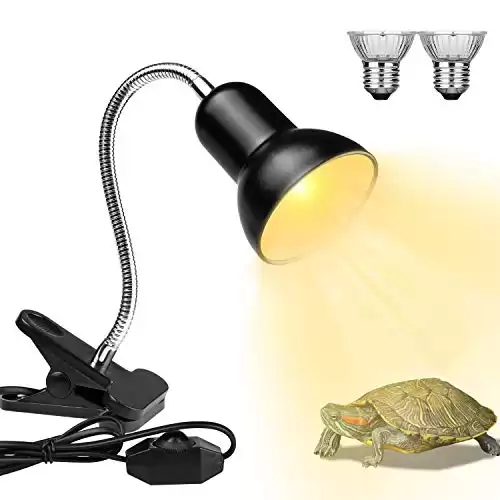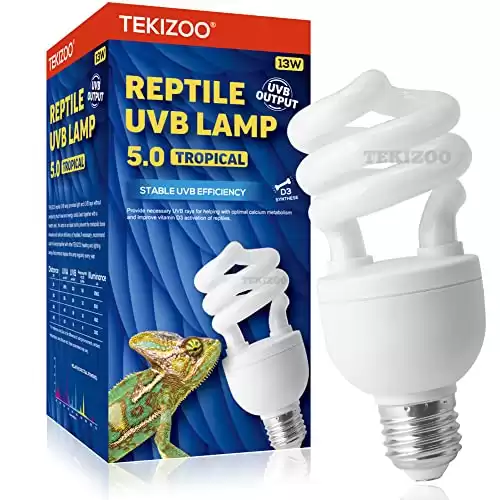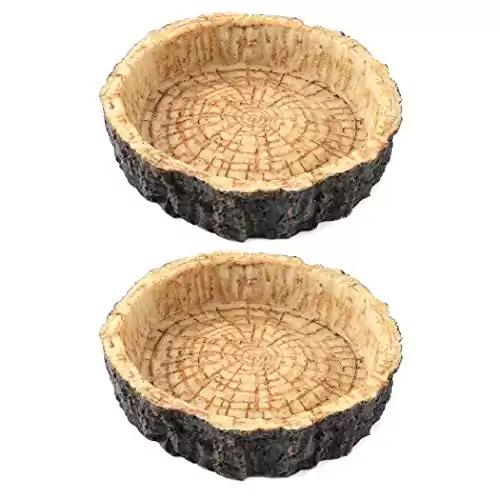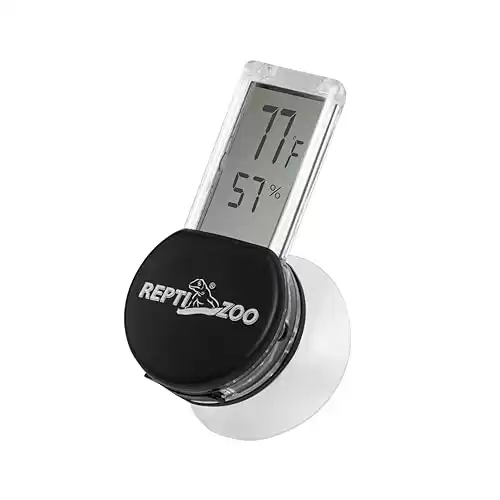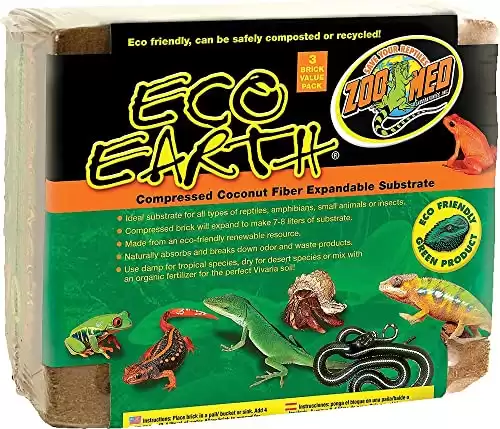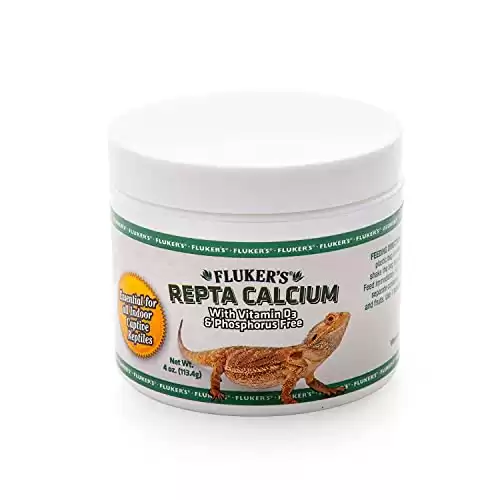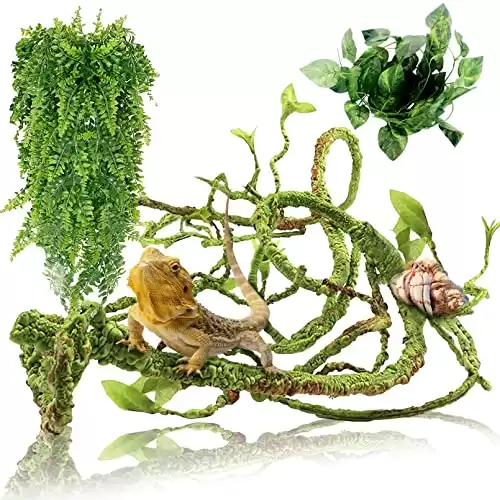Have you ever seen a gecko with ice-cream color shades? We often associate reptiles with darker colors like dark green or black. That’s why the Lavender Leopard Gecko could take some people by surprise.
With their smiley faces, Leopard geckos are already fan favorites in the reptilian world. Pair that with some colorful combos, and you have yourself a beautiful pet.
Description of Lavender Leopard Geckos
Lavender Leopard Geckos, they’re a delightful bunch of reptiles, admired for their charming looks and low-maintenance care.
If you’re a reptile lover or someone who’s looking to bring a bit of reptilian charm into your life, you’ll find Lavender Leopard Geckos to be a perfect choice.
Characteristics of Lavender Leopard Gecko
These lovely creatures sport a lavender or purple base that’s adorned with an array of colorful spots and stripes.
The lavender shades often show up in large spots or stripes on their predominantly yellow bodies, creating a mesmerizing contrast.
However, it’s important to note that as these geckos mature, their vibrant lavender hues might slowly fade away.
Subspecies of Lavender Leopard Gecko:
As of the latest information available, there are no recognized subspecies of the Lavender Leopard Gecko.
These geckos are typically categorized by their striking color morphs, which can vary significantly, creating a diverse range of patterns and shades within the Lavender Leopard Gecko population.
Color Morphs of Lavender Leopard Geckos
Lavender leopard geckos are a color morph of leopard geckos that are known for their light violet or lavender body color.
They can come combined with many different colors and patterns. Lavender leopard geckos are currently considered polygenic, and therefore a line-bred morph.
This fact, combined with the tendency of many young lavenders to lose their color as they grow into adulthood, makes it hard to breed them.
Here are some of the most popular color morphs of lavender leopard geckos:
- Lavender Bold Stripe Leopard Gecko: Lavender bold stripe leopard geckos have a lavender body color with bold stripes of darker brown or black.
- Lavender Red Stripe Bell Leopard Gecko: Lavender red stripe bell leopard geckos have a lavender body color with red stripes and a bell albino pattern.
- Tsm Bold Blood Lavender Leopard Gecko: Tsm bold blood lavender leopard geckos have a lavender body color with bold stripes of darker brown or black and a blood spot pattern.
- Tangerine Lavender Leopard Gecko: Tangerine lavender leopard geckos have a lavender body color with tangerine spots.
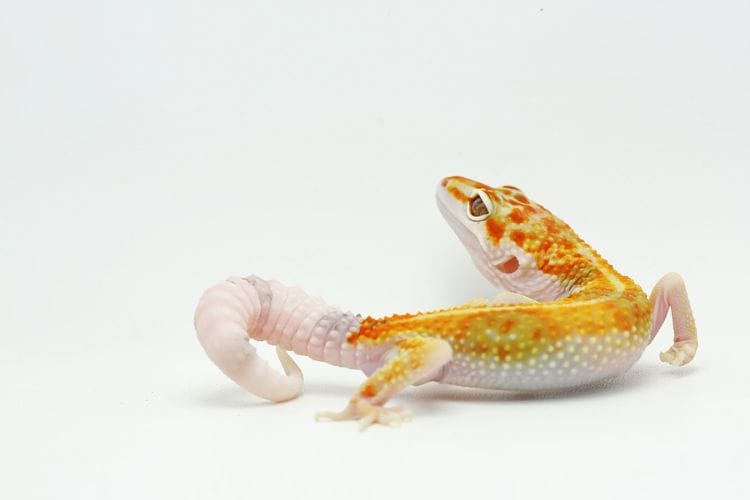
- Mack Snow Lavender Bold Stripe Leopard Gecko: Mack Snow Lavender bold stripe leopard geckos have a pale lavender body color with white or light orange spots and bold stripes of darker brown or black.
- Wild Type Tangerine Lavender 50% Het T. Albino Leopard Gecko: Wild type tangerine lavender 50% het T. albino leopard geckos have a wild type pattern with lavender and tangerine coloration. They also carry one copy of the Tremper albino gene.
- Lavender Tug Snow Leopard Gecko: Lavender tug snow leopard geckos have a lavender body color with white or light orange spots and a tug snow pattern.
Captive Care for a Lavender Leopard Gecko
So, you’re thinking about welcoming a Lavender Leopard pet gecko into your home? That’s fantastic!
Leopard geckos, in general, are relatively easy to care for, making them an excellent choice, especially if you’re a beginner in the reptile world.
Housing Requirements for a Pet Lavender Leopard Gecko
To keep your Lavender Leopard Gecko happy and healthy, you’ll need to create a comfortable living space. Here’s what you’ll need:
- Tank Size: A tank of about 20 gallons should suffice for a single pet Lavender Leopard Gecko. If you’re planning to house more, make sure you have just one male in each enclosure to prevent territorial conflicts.
- Hiding Spots: Geckos love their hiding spots. So, throw in some hiding logs for them to climb and retreat into. These logs provide them with cozy shelters, making them feel right at home.
- Cleaning: When it comes to cleaning, a bit of daily spot-cleaning to remove any gecko “presents” is a good practice. For a more thorough clean, which includes removing all the substrate and giving everything a good scrub, aim for a monthly cleanup.
Diet and Health Care Needs for Pet Lavender Leopard Gecko
Just like any pet, proper nutrition and healthcare are key to a Lavender Leopard Gecko’s well-being. Here’s what you need to know to keep your gecko in tip-top shape:
- Diet: Geckos are insectivores, meaning they primarily feast on live insects. Wax Worms and crickets are some excellent choices. Remember to feed those insects 24 hours before feeding your gecko to ensure they’re packed with nutrients.
- Supplements: Supplements are essential, especially for an adult Leopard gecko. You can cover the insects with
calcium and vitamin D3 supplements every other meal. As for the little ones, their insects should receive this coating at every feeding. And, of course, there should always be enough water in their enclosure for sipping and maintaining the right humidity levels.
Common Illnesses Found in Captive Pet Lavender Leopard Gecko
Now, despite being hardy, Lavender Leopard Geckos can still fall prey to a few common health issues:
- Metabolic Bone Disease (MBD): This condition is usually a result of insufficient
calcium and vitamin D. If your gecko starts showing signs of tremors and a poor appetite, it’s time for a visit to the vet. - Armpit Bubbles: This might sound cute, but it’s not a good sign. Overweight geckos can store excess fat and other substances in their armpits, leading to these bubbles. They might disappear once your gecko sheds the extra weight, but it’s essential to keep an eye on it.
- Infectious Diseases: Bacterial infections are another concern. They can cause symptoms like tail shrinkage and watery feces, which is quite serious. If you spot these signs, a trip to the vet is in order.
Lavender Leopard Gecko in the Wild
Understanding where these little geckos come from can be pretty intriguing. It sheds light on their behavior, ecology, and just how incredible they are.
Natural Habitat for Wild Lavender Leopard Gecko:
In the wild, you’ll find Leopard Geckos chilling in arid and rocky regions.
They’re the kings and queens of places with dry, desert-like conditions, mastering the art of survival in rocky outcrops and arid landscapes.
Diets and Behaviors in the Wild:
Out in their natural habitat, Lavender Leopard Geckos are nocturnal superheroes. They’re out and about during the night, dodging the harsh heat of the day.
These geckos are speedy and agile when it comes to hunting their prey, showing off their impressive hunting skills.
Breeding Habits in the Wild:
When it’s time for romance in the wild, Leopard Geckos follow nature’s cues. They usually get down to business during the warmer months when they’re all pumped up and ready for reproduction.
The females are skilled at laying their eggs in hidden spots, protecting them from potential predators.
And here’s the fun part: these geckos can store sperm for later fertilization, giving them the flexibility to have offspring when conditions are just right. That’s some serious “family planning” in the wild!
Final Words
So, there you have it, the Lavender Leopard Gecko in all its colorful and charismatic glory.
Whether you’re a seasoned reptile owner or just dipping your toes into the world of reptile care, these geckos are bound to steal your heart with their vibrant personalities and unique charm.


